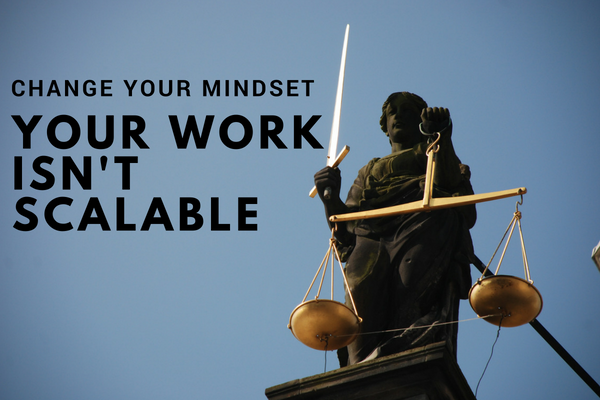What should you be doing as a recruiter?
Most would answer this by simply shifting the word: You should be recruiting, of course.
Makes logical sense. But recruiting and sourcing involves lots of different things:
- Relationship-building
- Sourcing
- Screening
- Scheduling interviews
- Conducting interviews
- Working with hiring managers
- Moving through the process
- Working with HR on an offer
- Moving towards onboarding
Now, science has shown that about 55 hours/week is a hard ceiling on productivity. Let’s say you work just below the ceiling: 54 hours/week. That’s still 10+ hours/day Monday to Friday.
A percentage of that time will be taken up by calls and meetings. Let’s say that’s about 35% of time, as research has shown. 35% of 54 hours is about 19 hours, so now you’re down to 35 hours/week of solid, productive work time.
On top of that — coming off those 35 hours — is a lot of top of funnel activities like sourcing and screening. Some recruiters spend close to 23 hours/week (!!) on sourcing, and another 3-4 hours on background screening. Even if you believe half that number (about 12 hours a week), we’re down to 23 hours a week of productive work.
Now add in five 1-hour lunches and we’re at 17.
Add in all those moments where someone says “Hey, got five minutes?” and it becomes 30. We’re down to about 12-14 hours/week of solid, productive work time.
As you can see here, the work isn’t scalable. There’s too much checking boxes/task work/”business of doing business” and not enough real, true sourcing and relationship-building.
Strategy? Who even has the time, right?
But now — how do the best recruiters spend this time?
Building proactive pipelines
If your company rolls out a new road map and it requires a personalization expert to get it going, you now are on the clock to find a personalization expert. So, what do many of us in talent acquisition do? Hit the job boards, LinkedIn, etc.
But the best personalization experts you could get for this role are likely already essentially gone, because they’ve already been in discussions with recruiters who are ready to pounce when they have approved headcount.
The best recruiters — and on the agency side, the ones who tend to generate the most money — build proactive pipelines. They email candidates when they don’t have a position. They work trade shows. They work hotel bars at conferences. They lean on people they’ve placed before to find A-level colleagues, and then take them to drinks, coffee, or lunch. They are always building out relationships pre-role.
The project manager that needs the hire is happy. Whoever controls the budget is happy. Everyone is happy.
Thinking more strategically
What are different departments going to need in a few months? A few years? How could the transition from hire to onboarding be more effective? How are we within the local, state, and national market on comp?
Are hiring managers defining roles clearly? Where are people exiting the recruiting process? Is our ATS too complicated and not intuitive for a candidate? What are people saying about us on Glassdoor and what do we need to be changing internally around that?
Good recruiters — and ones who get the “seat at the table” in bigger discussions about strategy and budget — ask those questions and work on solving them. That’s how they spend a chunk of their time, because that means you’re “future-proofed.” You know the potential blind spots and you have a plan.
Now what’s a sub-par way to spend recruiting time?
Spending a lot of their time on task work
Usually this falls into sourcing, screening, and scheduling (the Three Killer S’s of Recruiting).
When this takes too much time, it can feel like you’re just checking boxes and doing nothing else. There’s not a lot of engagement for the recruiter — come in, task task task, lunch, task task task, leave, rinse and repeat. People burn out.
But here’s the great promise of technology: some of the stuff you don’t like to do or shouldn’t be doing can be outsourced to tech and you get more time for the actual reasons you got into this career in the first place: finding talent, building relationships, and getting people jobs they love and deserve.
If you’re interested in more strategic plays to up your game, check out this playbook on the war for tech talent.
Authors
Tigran Sloyan is the founder and CEO of CodeSignal, formerly CodeFights Recruiter, a platform that uses machine learning to help companies source, assess, and interview the best technical talent for their open engineering roles. You can follow Tigran on Twitter or connect with him on LinkedIn.
Recruit Smarter
Weekly news and industry insights delivered straight to your inbox.





